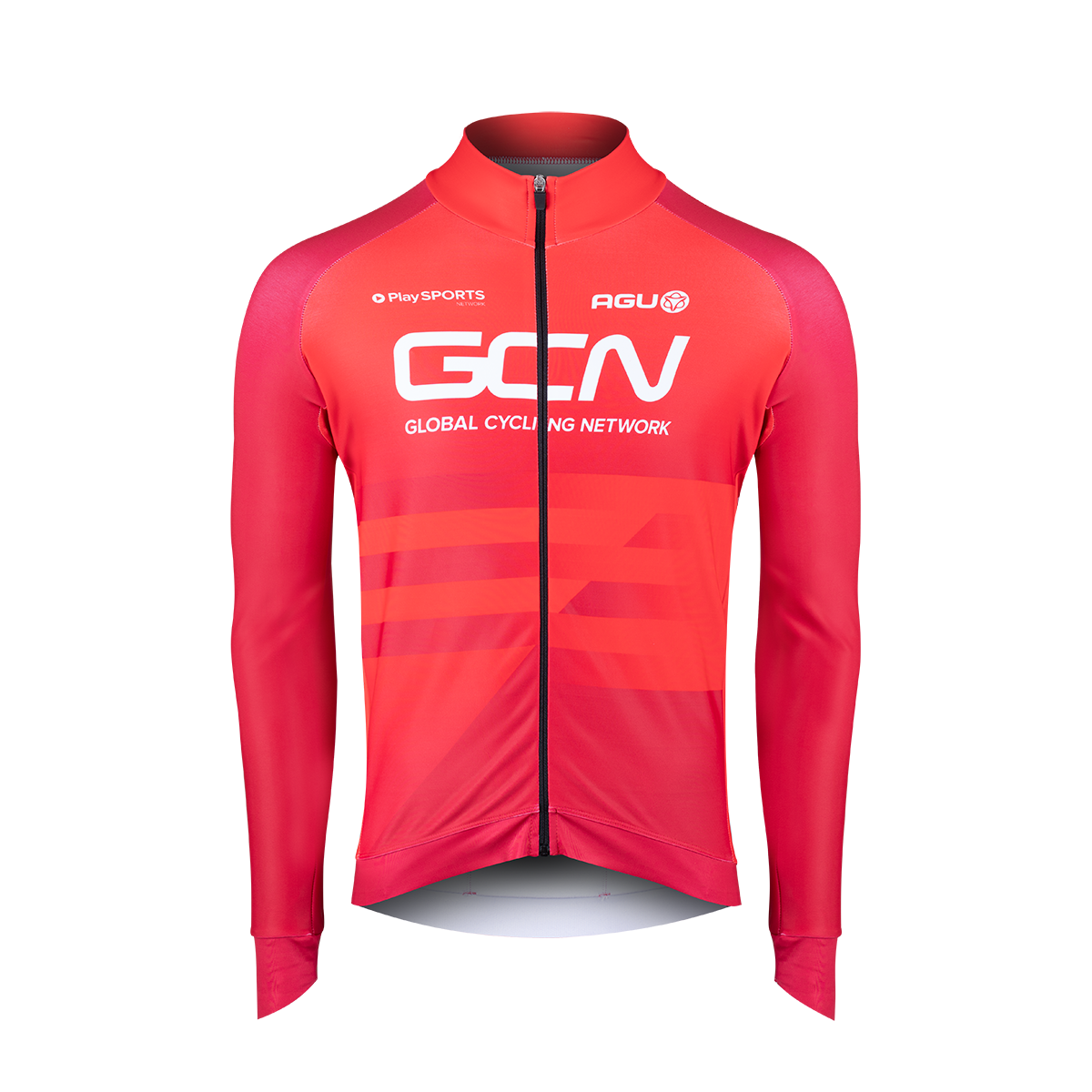The drafting effect: How long can we hold a pro's wheel on the flat?
Pro riders achieve incredible speeds but how much of that is due to drafting? Ollie Bridgewood decided to find out with a simple drafting test
Tom Hallam-Gravells
Online Production Editor
Professional cyclists ride at unfathomable speeds and can average up to 50kph, or just over 30mph, for hours at a time.
Those are incredible velocities that are unattainable for all but the elite pros who are capable of pushing out equally impressive wattage – or are they?
Dig a little deeper and a different picture emerges. Sure, the pros have FTPs and peak wattage that we can only dream of, but they often don’t need to recruit these levels for most of a race. In fact, on many race days, they spend most of their time riding at power numbers that many amateur riders are more than capable of achieving.
That’s because pro cyclists spend most of their time riding in a peloton where they’re receiving a big draft, also known as slip-streaming. Drafting behind another rider reduces the air resistance that a rider has to contend with. This has a huge effect as, along with rolling resistance and gravity, it’s the largest force working against a cyclist. The effect of drafting becomes exponentially larger when a rider is protected in the middle of a peloton by dozens of riders. All of this means that pro riders can go at faster speeds for much less effort.
But how much less effort and does this mean that everyday amateur cyclists could ride in a pro peloton? To find out, we recruited an average cyclist (okay, slightly above average cyclist), our very own Ollie Bridgewood, and tasked him with sticking in the draft of a pro rider for as long as possible. We couldn’t convince the UCI to let Ollie test things out in an actual WorldTour peloton, unfortunately.
The pro in question is Alexys Brunel, a man who recently swapped his road bike for the pro gravel scene, having spent multiple years riding for WorldTour teams Groupama-FDJ and UAE Team Emirates. That’s some seriously impressive pedigree, which is backed up by his 400-watt FTP.
Ollie, who has never ridden at a pro level, clearly had his work cut out if he was to hold Brunel’s wheel. That task was made harder as the Frenchman was tasked with ramping up his pace, starting at 40kph before moving up to 50kph, and then beyond. Ollie simply had to hang on for as long as possible.
At what speed would Ollie finally crack? Watch the full video at the top of this page to find out.









.jpg?w=600&auto=format)



